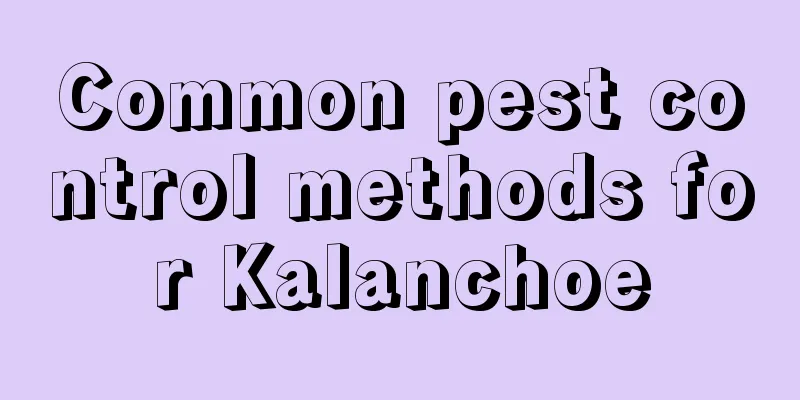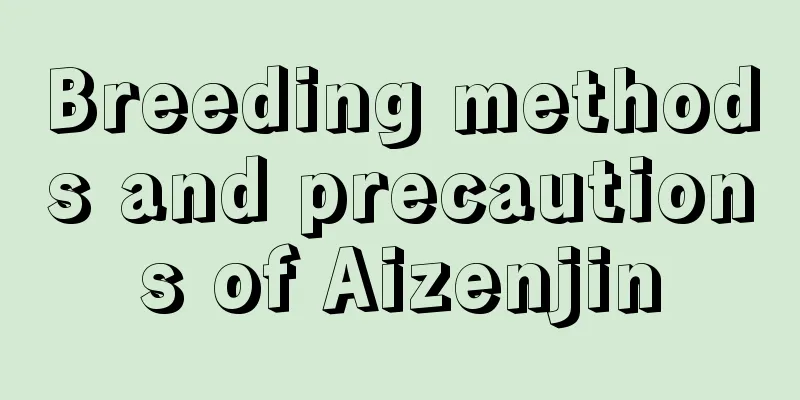Common pest control methods for Kalanchoe

aphidAphids cause serious damage to Kalanchoe, usually occurring in winter and early spring. Once aphids are discovered, they need to be controlled in a timely manner. If left unchecked, the number of aphids will continue to increase and will become a disaster that is out of control. For the prevention and control of aphids, if the number is small, you can directly wash it with clean water. If the number is large, spray pesticides. Western Flower ThripsWestern flower thrips rarely appear on Kalanchoe, but it still needs to be taken seriously. Thrips like to attack the soft tissues of the growing points of plants with strong growth, so it is recommended to always have sticky insect boards at home and check the plants every week to avoid large-scale thrips. Scale insectsIt mainly feeds on axillary buds and growing points and causes damage. It is difficult to eradicate it in the greenhouse, and the key lies in prevention. Once scale insects are found on the plants, scrape them off in time to prevent their spread. If the indoor temperature is high, pay attention to ventilation and spray carbendazim powder in time to kill bacteria. Cyclamen mitesCyclamen mites do not like warmth, so they rarely cause harm in summer and mainly cause harm in winter. Its main harm is that it causes plant growth deformity and hinders normal growth. Cyclamen mites are very small and difficult to observe directly with the naked eye. They require a 20x microscope to be seen. Therefore, during daily maintenance, you must observe carefully and spray anti-mite agents in time. Leaf RollerLeaf rollers are the larvae of moths, which are encased in leaves in a distinctive pattern. When an insect pest breaks out, if it is not discovered in time, the leaves of the plant will gradually wilt or even die. Fungus gnat larvaeDrilling holes in the stems of cuttings and seedlings often occurs on diseased plants infected with pine rot fungus and needs to be controlled with an appropriate soil fungicide. |
<<: Flowers also suffer from insect damage
>>: Dahlia Pest Control Methods
Recommend
The difference between hydrangea and pompom
Differences in plant appearance and flower bulbs ...
Environmental conditions and characteristics of Codonopsis pilosula growth
Environmental conditions and requirements for the...
How many times can cherry tomatoes be planted and harvested in a year (growing period)
How many seasons can cherry tomatoes be planted i...
Balcony planting methods and management techniques for loofah. What size pot is suitable?
It is a good idea to grow loofah on the balcony. ...
The difference between Mizilan and Jiulixiang
1. Difference of blades The Mi Zai Lan has 3-5 sm...
When is the best time to harvest chives? How long does it take from sowing to harvesting?
It is not suitable to harvest leeks in the year w...
What to do if the leaves of the fortune tree turn yellow and have spots
1. Disease problem Cause: The spots and yellowing...
The succulent plants were exposed to a "thunderstorm" and grew wildly out of the pots and turned into bunches of grapes!
If you want to get caught in a thunderstorm, the ...
These "3 kinds" of flowers, if you grow them by the wall, they can grow into a "flower wall" without much effort
Nowadays, friends who grow flowers have higher an...
How to care for lotus during its flowering period
1. Flowering period The blooming of lotus is uniq...
How to prune roses in winter
1. Preparation for pruning Before pruning roses i...
Which one is more suitable for succulent plants: new or old ceramic pots?
The difference between new and old pottery basins...
How to repot roses
1. How to change When repotting roses, it is best...
This kind of "flower" is easier to grow than green radish, and its flowers are more beautiful than peonies. It is most suitable for autumn.
This plant is: red lotus. Although red lotus is n...
How to propagate fuchsia by cuttings, and in which month to propagate it by cuttings
1. Cutting time Its cuttings can be carried out e...









